Ek Balam
A splendid ruin located a dozen miles from Yucatan's second city, Valladolid.
In Valladolid, I recommend you stay at El Mesón del Marqués, a breathtakingly beautiful colonial "complex," with a fine in-house kitchen, all at reasonable cost.
(President Jimmy Carter lodged at El Mesón.)
In Valladolid, be sure to visit Cenote Zaci -- one of Yucatan's most spectacular (and swimmable) cenotes -- just three blocks from El Mesón.
Eat (or drink) something at the adjacent palapa restaurant and entrance to the cenote is free.
The spectacular swirl of birds that emerge from the cenote at dusk is best viewed from the palapa restaurant's mirador. Not to be missed!
The spectacular swirl of birds that emerge from the cenote at dusk is best viewed from the palapa restaurant's mirador. Not to be missed!
http://valladolid.com.mx/colonias/santa-ana/cenote.html
Yucatan Adventure
http://yucatan.homestead.com/
Yucatan Adventure
http://yucatan.homestead.com/
Top 10 Under Rated (and less-crowded) Mayan Archaeological Sites
The members and editors of online travel consultants VirtualTourist (www.virtualtourist.com) have compiled a list of the “Top Ten Under Rated (and less crowded) Mayan Ruins” to help you explore the Mayan culture at its best on your next trip to the Yucatan:
1. Calakmul, Campeche.
One of the most important cities of Mayan civilization, Calakmul was once home to more than 50,000 inhabitants. Though the city’s timeline goes as far back as the Preclassic period (300 B.C. to 240 A.D.), its golden age was in the Classic period (250 A.D. to 900 A.D.), when it served as Tikal’s main rival and battled for dominance of the central Mayan area. Many visitors might focus on the 6,000 structures within the city, but it’s equally important to experience the surrounding Calakmul Biosphere Reserve, which encompasses over 723,000 hectares (292,594 acres) of protected land and wildlife.
One of the most important cities of Mayan civilization, Calakmul was once home to more than 50,000 inhabitants. Though the city’s timeline goes as far back as the Preclassic period (300 B.C. to 240 A.D.), its golden age was in the Classic period (250 A.D. to 900 A.D.), when it served as Tikal’s main rival and battled for dominance of the central Mayan area. Many visitors might focus on the 6,000 structures within the city, but it’s equally important to experience the surrounding Calakmul Biosphere Reserve, which encompasses over 723,000 hectares (292,594 acres) of protected land and wildlife.
While the reserve is a paradise for bird watching, the site itself is aI
hotbed of stelae, or stone monuments, often in the form of a high-relief sculpture, that were popular and characteristic of the Mayan civilization. 117 stelae have been discovered at Calakmul so far, more than any other Mayan site, and all of them from the Classic period.
hotbed of stelae, or stone monuments, often in the form of a high-relief sculpture, that were popular and characteristic of the Mayan civilization. 117 stelae have been discovered at Calakmul so far, more than any other Mayan site, and all of them from the Classic period.
2. Palenque, Chiapas.
Palenque was the most important city of the low western lands during the late Classic period, reaching its peak between 600 and 800 A.D. Along with Tikal and Calakmul, it was one of the most powerful Classic Mayan cities, as well as the seat of the distinguished Pakal dynasty.
Palenque was the most important city of the low western lands during the late Classic period, reaching its peak between 600 and 800 A.D. Along with Tikal and Calakmul, it was one of the most powerful Classic Mayan cities, as well as the seat of the distinguished Pakal dynasty.
Much of the architecture (tilted facades on the buildings, stucco sections) is unique and uncharacteristic of the time period; it has become a real hot spot for archeological research interested in architecture and written language.
One of the most notable aspects of Palenque is Temple XIII, where the Tomb of the Red Queen was found in 1994.
This tomb is significant because it shares the same platform as the Temple of the Inscriptions, suggesting nobility; the remains found are referred to as “the Red Queen” because the tomb was entirely covered in red cinnabar.
3. Yaxchilán, Chiapas.
Located on the Usumacinta River, Yaxchilán is a great example of the Usumacinta style that dominated the Classic Mayan of the Low Lands from 250 – 900 A.D., with architecture adorned in epigraphic inscriptions and extensive relief sculpture.
Located on the Usumacinta River, Yaxchilán is a great example of the Usumacinta style that dominated the Classic Mayan of the Low Lands from 250 – 900 A.D., with architecture adorned in epigraphic inscriptions and extensive relief sculpture.
The city was allied with Tikal, and had a major battle with Palenque, which seems ironic according to a modern map since Palenque is in both the same state and nation as Yaxchilán and Tikal is across the border in Guatemala. The city exhibits strategic planning ,as it was built on a peninsula formed by a bend in the Usumacinta River.
Even today, Yaxchilán can only be accessed by “lancha” (small boat) up the river.
4. Edzná, Campeche.
Despite being one of the most significant Mayan ruins, Edzná receives fewer visitors in a year than Chichen Itza does in a
day.
Despite being one of the most significant Mayan ruins, Edzná receives fewer visitors in a year than Chichen Itza does in a
day.
The city’s architecture reflects an amalgamation of differing cities and influences, including roof styles and corbeled arches from Palenque and giant stone masks of the Peten style found in Tikal.
Founded around 400 B.C., the city reached its peak during the late Classic period, with a gradual decline beginning around 1000 and its abandonment in 1450.
5. Ek Balam, Yucatán
Ek Balam, which means “black jaguar” in the Yucatec Maya language, is one of the few Mayan settlements that remained
occupied until the arrival of the Spaniards. While not the hardest site to get to (it’s in the Yucatan), it is under active restoration, so visitors can get a great overview of the entire archeological process. One unique aspect of this site is the 100-foot La Torre (or Acropolis) pyramid, which easily surpasses Chichen Itza’s El Castillo; visitors can still scale La Torre today.
Ek Balam, which means “black jaguar” in the Yucatec Maya language, is one of the few Mayan settlements that remained
occupied until the arrival of the Spaniards. While not the hardest site to get to (it’s in the Yucatan), it is under active restoration, so visitors can get a great overview of the entire archeological process. One unique aspect of this site is the 100-foot La Torre (or Acropolis) pyramid, which easily surpasses Chichen Itza’s El Castillo; visitors can still scale La Torre today.
Once climbers reach the top, they can see both Chichen Itza and Coba in the distance! Simply awesome!
6. Coba, Quintana Roo
Coba in Mexico was a large ancient Maya city that was home to about 50,000 inhabitants at its peak. Most of it’s monuments were built between 500 and 900 AD. New temples were built and old ones kept in repair until at least the 14th century however, perhaps as late as the arrival of the Spanish.
Coba contains several large temple pyramids, the tallest, the Nohoch Mul pyramid is about 42 meters (138 ft) high.
Today only a small portion of the site has been cleared from the jungle and restored by archaeologists.
7. Xcambó
Xcambo means “Place of the Maiden” or “Place of the Waning Moon”. This site is located just 2 km away from Yucatan’s north coast, in the Municipality of Dzemul. Experts consider Xcambo as one of the largest pre-Hispanic coastal settlements in the Peninsula.
The village’s large structures were built on a limestone outcropping surrounded by mangrove forests. This place was one of the most important ports of the Early Classic period and its inhabitants controlled the production and traffic of salt in the area.
Religious practices have been permanent in Xcambo since the settlement’s foundation. Proof of this is the fact that villagers from Dzemul still go on pilgrimage to a small chapel built on one of the Maya structures, where they venerate Virgin Mary in her titles of Our Lady of the Assumption and the Immaculate Conception.
8. Quirigua, Guatemala
Quirigua (pronounced Kiri-gua) is a relatively small site, almost directly across the border from Honduras’ Copan.
Quirigua (pronounced Kiri-gua) is a relatively small site, almost directly across the border from Honduras’ Copan.
Strategically located on the Montagua River trade route, which was important for the transport of jade and obsidian, it was also originally a vassal of Copan. However, Quirigua rebelled and defeated Copan, then allied itself with Calakmul, after which it erected elaborate stone monuments in a style similar to that of Copan. In fact, one of the monuments at Quirigua, known as “Stele E,” is the largest known quarried stone in the Maya world, standing 35 ft (10.6 m) tall and depicting a Mayan lord over three times life size.
9. El Mirador, Guatemala
Deep in Guatemala’s Petén jungle, El Mirador hides under 2,000 years’ worth of jungle overgrowth. Though the well-known Classical Maya ruins in Tikal National Park are frequently visited, the largest Preclassic Mayan city is much more difficult to access. El Mirador is actually over twice the size of Tikal, with over 80,000 people residing at the site from 300 B.C. to 150 A.D. The grandeur and size of the site suggest that there were already complex state societies in the Late Preclassic period, contrary to the popular thought that the
Preclassic period was a formative period.
Deep in Guatemala’s Petén jungle, El Mirador hides under 2,000 years’ worth of jungle overgrowth. Though the well-known Classical Maya ruins in Tikal National Park are frequently visited, the largest Preclassic Mayan city is much more difficult to access. El Mirador is actually over twice the size of Tikal, with over 80,000 people residing at the site from 300 B.C. to 150 A.D. The grandeur and size of the site suggest that there were already complex state societies in the Late Preclassic period, contrary to the popular thought that the
Preclassic period was a formative period.
El Mirador is only accessibly by foot, horse, mule, or helicopter, lying over 60km from the nearest road.
10. Lamanai, Orange Walk, Belize
Lamanai, the Mayan word for “submerged crocodile,” was aptly named. Not only do crocodiles appear in the site’s effigies and
decorations, but you are likely to see crocodiles while trying to get there. In order to reach the site, you must take a small boat up the winding New River through the tropical rainforest of central Belize.
Lamanai, the Mayan word for “submerged crocodile,” was aptly named. Not only do crocodiles appear in the site’s effigies and
decorations, but you are likely to see crocodiles while trying to get there. In order to reach the site, you must take a small boat up the winding New River through the tropical rainforest of central Belize.
Lamanai was one of the longest continuously occupied cities, starting in 500 B.C. to 1675 A.D. or even later, probably due to its strategic location on the trade route of the New River.
The most notable among this site’s ruins is the Mask Temple at the northern end of the complex.
Sources:
http://www.touropia.com/

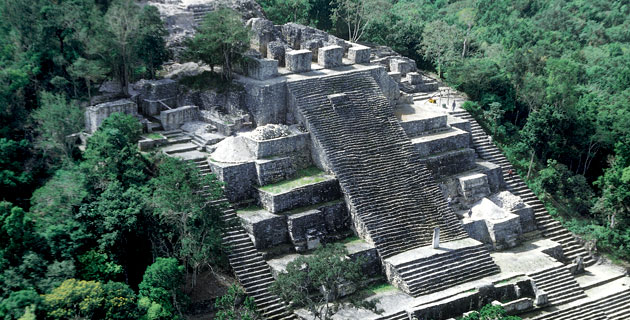
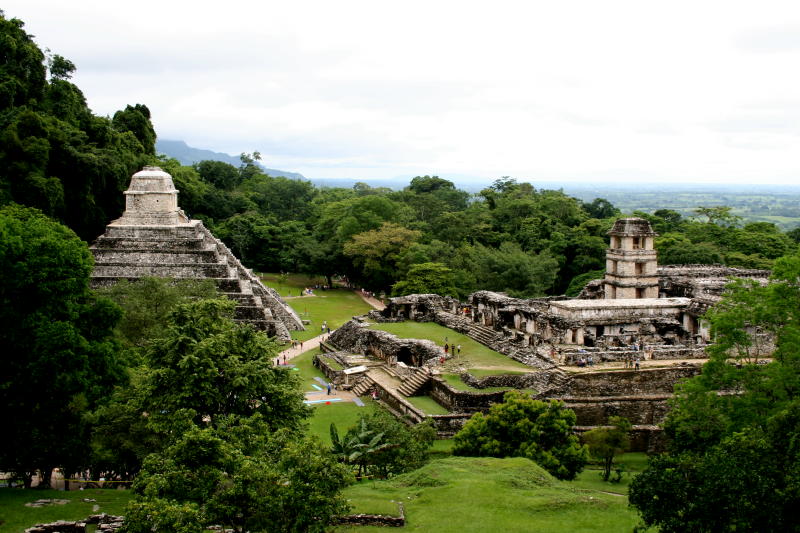

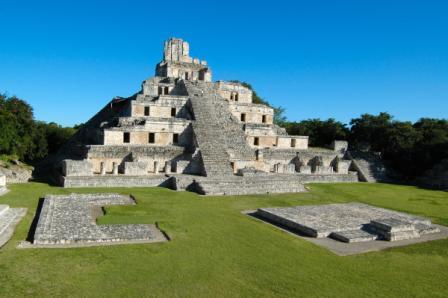
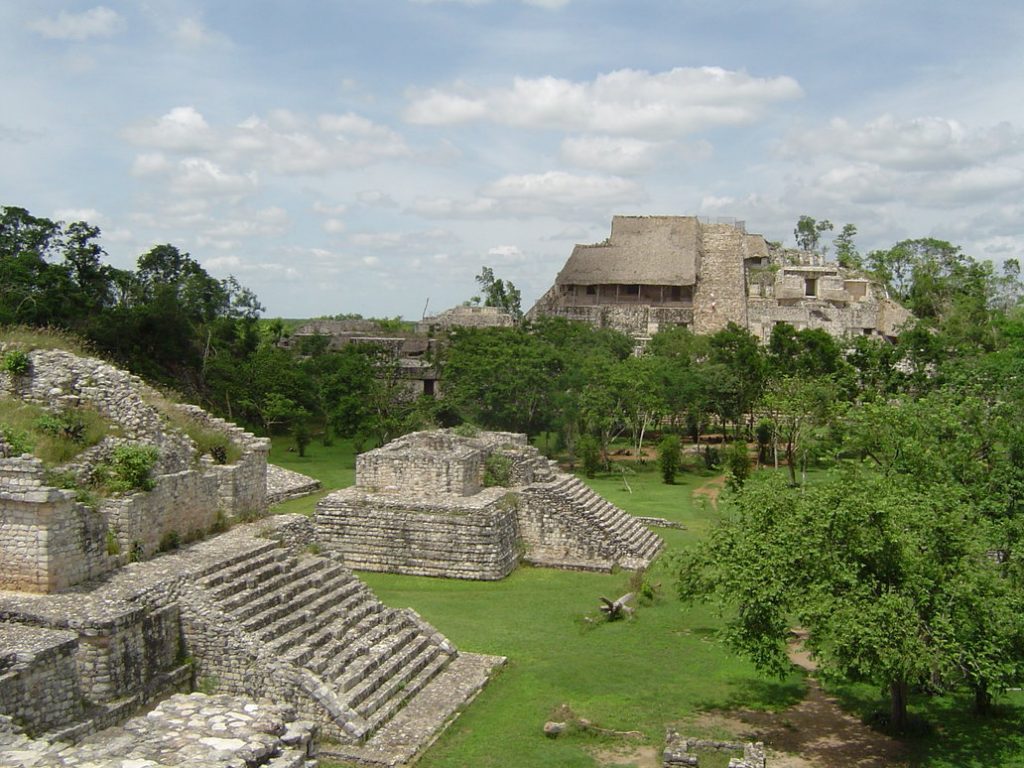
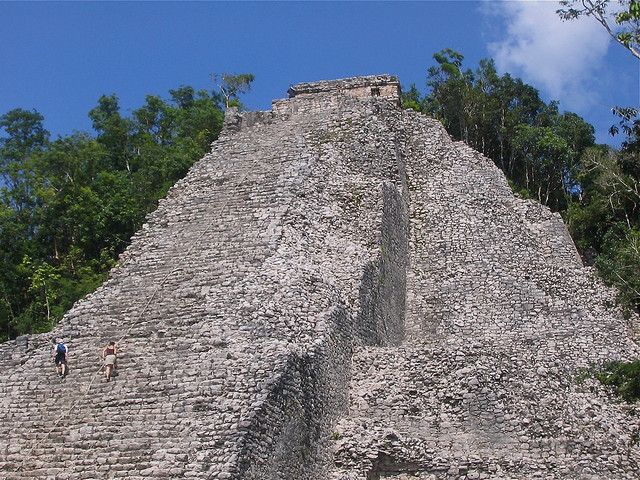
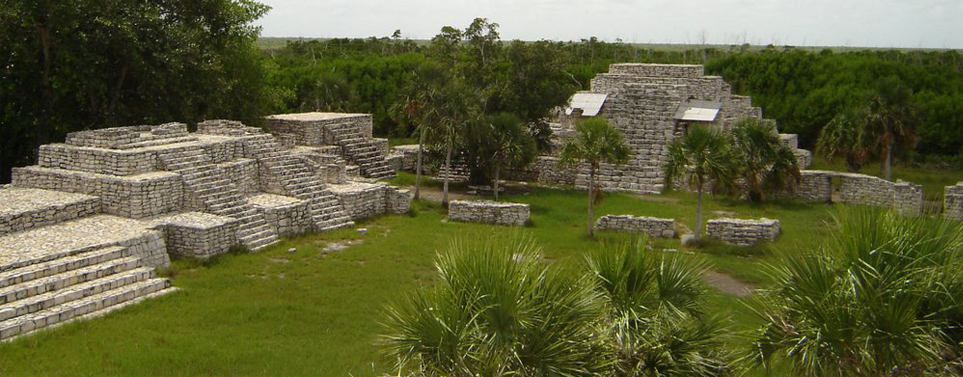
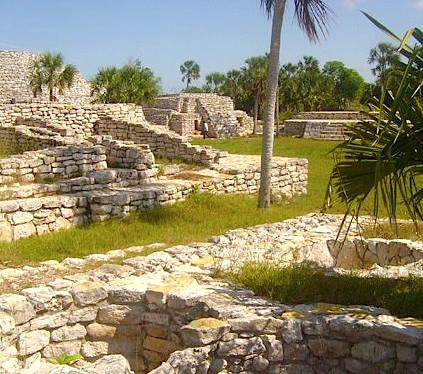
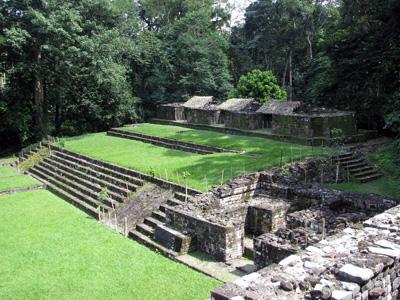
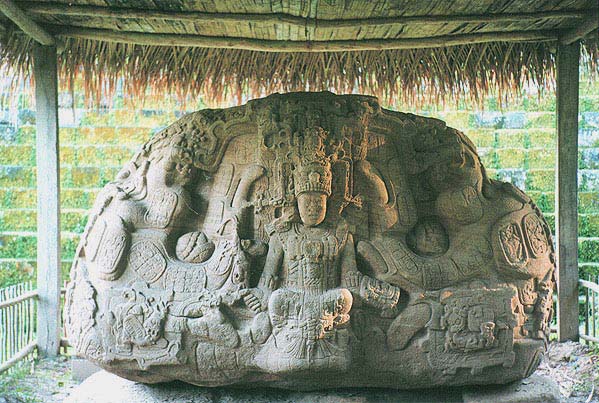
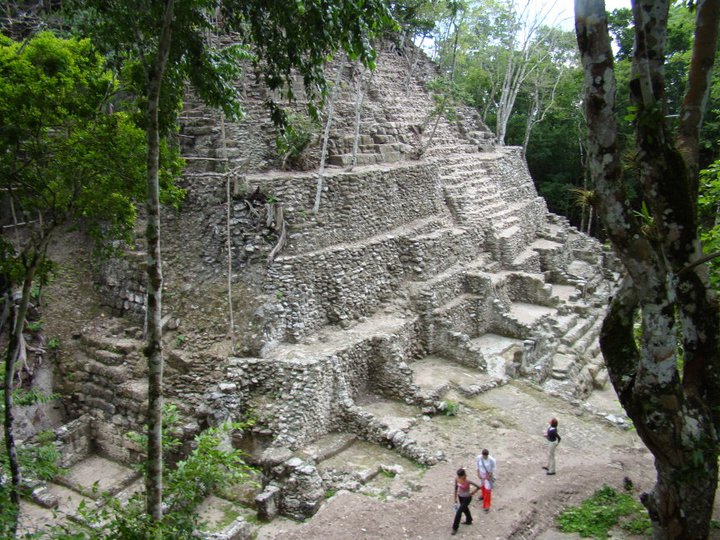
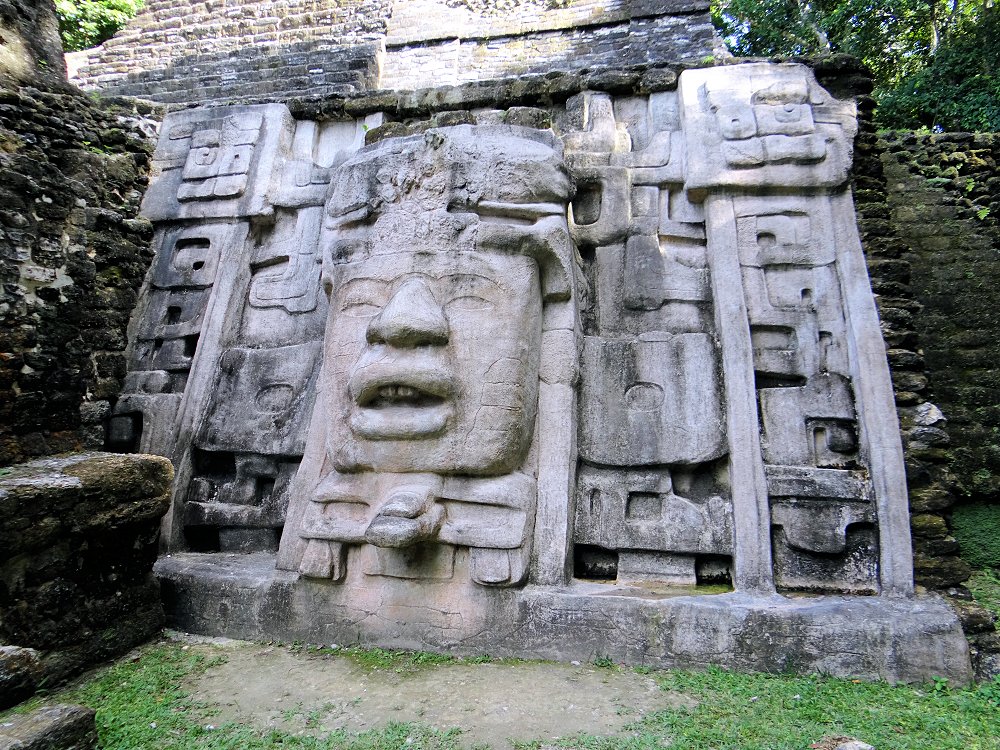
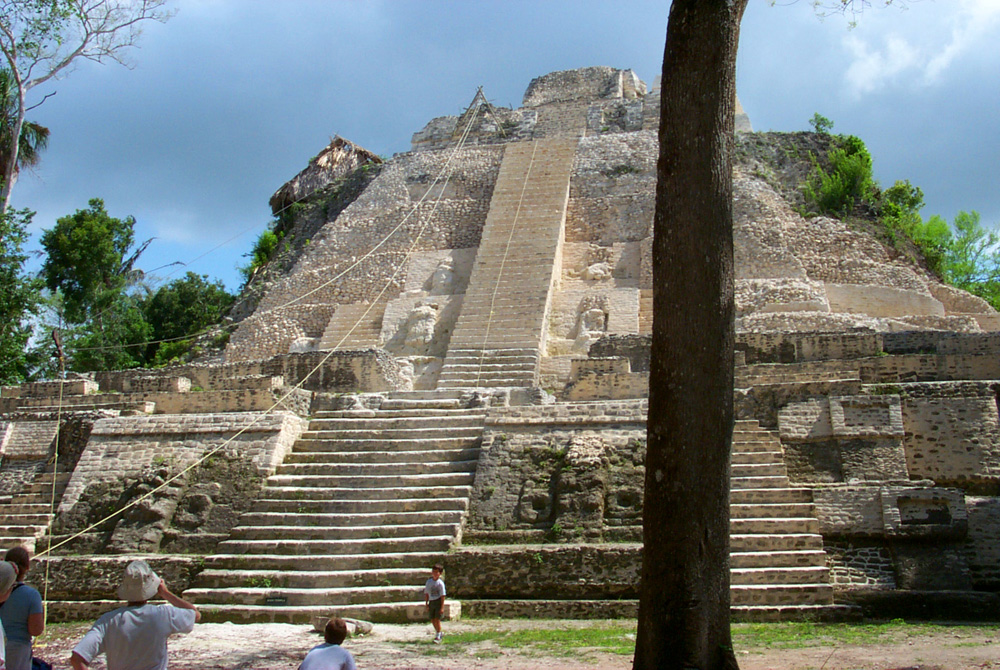
No comments:
Post a Comment